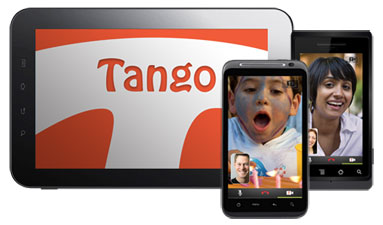
For those of us who grew up with the Jetsons, the cliché futuristic image of Jane talking on the video phone has persisted even into 2011. But naturally it wasn’t until Apple introduced FaceTime that a real video chat market started to take shape. Yes, Skype video has always had a dedicated user base, but FaceTime was the catalyst for other players to join the game. Here’s a look at a few of the current companies and new offerings in the video chat space.
G+
Google took video calling a step forward with the launch of Hangouts in its new Google Plus social network last month. Create a free Hangout, and you can video chat with multiple people at once. Only problem? Yeah, you have to be a G+ user. If a recent Mashable poll is any indicator, users love Hangouts, but G+ is already getting a rep for only attracting techy types, and that’s a serious limiting factor. Google has said it will open up G+ video chat to third-party apps. Perhaps that will propel the technology beyond the techy cohort.
Facebook with Skype (er, Microsoft)
Not to be outdone by Google, Facebook followed the G+ launch with its own video chat service powered by Skype. The new, free feature has the advantage of debuting with a ridiculously large user base, and it’s sure to drive up bandwidth usage among a subset of Facebook fans. Meanwhile, the fact that Microsoft has acquired Skype means that the technology itself will continue to get integrated in non-Facebook apps as well. Microsoft has already said “Skype will support Microsoft devices like Xbox and Kinect…”
Two to Tango
A friend introduced me to Tango last year, and it is still my favorite video calling app because of the cross-platform support.